The word jade is originally the name of two birds. The bird with red feathers is called "ç¿¡", the bird with green feathers is "Cui". Later, people also called jade with the same color as "Jade". For centuries, the literary slogan's beautiful words have added a lot of spirituality to the jade that absorbs the essence of heaven and earth. Since its transmission into China in the late Ming and early Qing dynasties, Emerald has dominated the world of jade, and has affected overseas with the spread of Chinese culture. From Emperor Qianlong to Empress Dowager Cixi, the emperors of the emperor loved jade. Therefore, the jadeite also has the reputation of "royal jade" in the Qing Dynasty. The popular opinion abroad also believes that jadeite is the national stone of China and is called "the emperor jade." The picture shows the work of the jade carving master Li Zhenqing - Zhulian United (National Limited Edition) Jadeite is mainly composed of jadeite minerals or other soda pyroxene with higher jadeite molecules, also known as soda-aluminum, accompanied by a small amount of other pyroxene, amphibole, albite and other minerals. Composition: NaAl (Si2O6). English: Jadeite. Hardness 6.5~7, specific gravity 3.33, refractive index 1.66. Emerald is a precious gem and has the reputation of the king of jade. The jade and emeralds are listed together as the birthstone of May, a symbol of luck and happiness. In the East, especially in Japan, Southeast Asian countries and Hong Kong and Macao are deeply loved by people. Emerald is produced in Myanmar. At present, the jade uses in various countries in the world are partly art sculptures. Most of them are made into various styles of accessories, such as Xianglian, ring, earrings and brooches. The jade jewelry form is beautiful and elegant, deeply conforming to the essence of Chinese traditional culture. It is a symbol of classical aura. It is an unforgettable beauty between the ingenious and chic, a soft atmosphere from the depths of culture. It is a kind of The precipitation of history, the beautiful deposition; there is no charm. So deep and crystal clear, subtle mysterious, eternal and precious jade jewelry is the trend of the fashion industry will never fade with its immortal body, auspicious and wealthy, and become the eternal fashion of the Chinese people. It is from the classical and modern style. The jade carvings with auspicious patterns are a symbol of luck and happiness, and become the blessing jewels that people call. Most people think that jade is green, but it is not. In addition to the common shades of green, jade has red, yellow, white, black, gray, blue and purple, and there are shades in each color. Jade with a variety of colors is not only rich but also more precious. For example, the red and green coexistence is called “double happinessâ€, the red, green and purple coexistence is “Fu Lu Shouâ€, plus yellow becomes “four big hiâ€, if there is still white background Precious, honored as "five blessings." If a man and a woman in a Western country are proud of having one or two pieces of jade, green, and pure jade jewelry. In recent years, with the rapid development of the economy in China, personal income has increased, and wearing jade jewelry in the big cities has gradually formed fashion. On the jade, the red, green, purple and yellow colors coexist, meaning Fu, Lu, Shou, Xi, it is a jade with a very high value. Color (6 levels) The common colors of jade are green, white, red, purple, yellow, etc. Among them, green is the best variety. If a jade has both green and red and violet, it is also a very rare jade. . For green jade (such as the ring face), there are traditionally "rich", "positive", "yang", "and". The so-called "concentrate" means green is full and heavy; "positive" means green is pure and contains no variegated color; "positive" means green is bright and bright; "and" means green is even and soft. The color of the jadeite is illuminated under the illumination of a continuous light source with a color temperature of 5000K: Level of purity, uniformity, degree of darkness Level 1 pure green, emerald, emerald green, etc. are extremely uniform and not thick, not faint and bright Level 2 is green, apple green, yellow scorpion green, etc. There are thick bands on the whole, and the plaques and spots are not thick, not bright and bright. Level 3 positive green, apple green, yellow scorpion green, etc. The overall unevenness is not bright and bright. Level 4 slightly blue-green (including bright yellow and violet in yellow and green) is not thick, not light and bright Level 5 blue green is not thick, not light and bright Grade 6 gray-blue (including yellowish green, light red, light violet) even and elegant Workers (4 levels in total) In this grading standard, “work†refers to the shape, workmanship, and weight of a jadeite product. It should be pointed out that due to differences in the designer, craftsmanship, cultural connotation, production age, and volume of jadeite products. Each piece has its own characteristics, and detailed grading is impossible. Some websites are like this: Level shape work weight Level 1 is suitable, full of generous masters, and more than 5 carats Level 2 is suitable, full and generous, natural and smooth, unique and more than 5 carats The 3rd grade is suitable, full and generous, and it is smooth and smooth. Level 4 is suitable for production and generally requires no 2. Information about species and color Hard jade classification: Traditional old-fashioned jade grading is always described by dark old pits, old pits, golden silks, new pits, oil greens, and bean greens, but for consumers, it can be said to be too abstract, in order to make consumption The person can understand jade simply and aptly, and the following provides a new classification method for reference. 1. Texture (species) 1. Glass ground: bright, clear and delicate texture. The most important thing is to have a "hard" feeling similar to a single crystal of gemstones, with few visible stone patterns. If visible impurities are mostly frozen stone flowers, bagasse or flake-like black smoke. This kind of texture is often seen after the internal reflection of light, sometimes there is a "cat eye" phenomenon. This texture is the highest of all germplasm and can be described as thousands of years. 2. Ice land: As the name implies, its crystals are like ice or rock candy, and the cleanliness is quite high. The texture is also very detailed, but it does not feel as cold and hard as the glass. The texture is quite good after the texture is set. 3. Huadi: Its texture is like the translucent shape of "jelly", but it can be seen in fine stone flowers, cotton wool and so on. 4. Winter melon: The texture is also close to translucent, and it feels like a winter melon after cooking. 5. glutinous rice ground: the texture should be transparent, with the delicate feeling of cooked glutinous rice, generally known as the hibiscus land close to this texture. 6. Rebirth: The texture is similar to that of glutinous rice, but some of the crystals in the jade meat are like rice that is not cooked. 7. Bean land: As the beans are not very transparent, the penetration is only two points on the surface, there are many visible cotton willows, fly wings, rice slag, etc. This kind of texture is illuminated under strong light for a period of time. "The charm" is lowered. 8. White land: Generally, the jade crystals are mostly white and colorless, and white is the most common color. The above-mentioned new factory jade is only at this level. This texture has no transparent concept. This texture is often called "Porcelain" is close. 9. Shantou: White is slightly gray, the color is like a hoe, and the bottom is wood. 10. Gray ground: opaque, multi-fiber texture, dark as scented, sandy. 11. Wudi: The texture is dark brown, opaque, and the bottom. 12. Oil land: The germplasm is iced and hard, and it feels that the grease shines on the surface. Generally, the color is more likely to appear on the jade than the dark green jade. 2. Color: 1. Brilliant green: green pure, positive, thick, but without black tone. 2. Blue-green: Green in the micro-band blue tone, called the green medium blue blue from the gemological point of view. It is because of its green and blue tones that it looks like a mysterious feeling of calmness, giving people a feeling of "sinking". 3. Green: Green is fresh. If it is born in the glass, it will be shaken like green water. The color is brighter and greener. It is the standard green. 4. Yang Green: Green fresh yang, micro-striped yellow tone, but also because of its yellow flavor, so the green has a bright sense of life. 5. Light green: Green is lighter and not fresh. 6. Turbid green: The color is darker green, but slightly turbid. 7. Dark green: Although the color is dark but dark, it is not fresh, but it still does not lose green. 8. Black and green: green to black with a black tone. 9. Blue: The color is slightly blue, the micro-band is green, and the gemology is called blue and medium green. 10. Gray: The color is not blue, not green, not black, with a gray tone. 11. Yellow: Most of the yellow color comes from the endothelium, and the texture of the yellow tone is often the jade species above the melon. 12. Purple: Compared with blush, those born in fog are blush, and those born in jade are mostly purple (purple), which are divided into pale purple, purple, brilliant purple, and blue purple. 13. White: This color is most common in jadeite. When it is born above the ground, it is colorless. When it is born under the bean, it appears white. 14. Blush: Mostly in the endothelium, born in jade meat, more filamentous distribution, there are also fragments, the red in the crack is the result of iron intrusion. 15. Black: No green tone, black ink. 16. Three colors: There are two colors on the white ground called "Fu Lushou", and those with three colors are called "Fu Lu Shou Xi". The strongest jade knowledge in history Water (5 levels in total) "Water" is an important factor in the evaluation of jadeite. It is commonly known as "water head" in the industry. The high transparency is the water head. This kind of jade is crystal clear and translucent, giving people a feeling of water, and the poor transparency of the jade is dry and dull. With a dry feeling, it is the head difference and the water is insufficient. The transparency of jade can be roughly divided into transparent, transparent, translucent, micro-transparent and opaque. The more transparent the jade, the higher its value: Level transparency, sunny penetration, common commercial varieties Level 1 transparent 10mm or more pure colorless old glass Level 2 is more transparent 6~10mm small amount of old glass grade special grade Grade 3 translucent 3~6mm old glass, ice special grade Grade 4 micro-transparent 1~3mm color thick, coarse grain, new and old species Level 5 opaque sunlight does not enter color, base, new species Bottom (total 4 levels) The bottom refers to the extent of jade flocs (also known as cotton), dark spots, and other stains. Because jadeite is a body of various minerals, its structure is mostly fibrous structure and granular structure, and the degree of impurities will inevitably affect the value of jadeite. Level division standard 1 grade 10 times magnifying glass does not see any splitting, grayish black silk, occasionally individual white cotton, small black spots in the inconspicuous place 2 grade 10 times magnifying glass, no cracks, see a small amount of fine white cotton, black spots, gray black silk Grade 3 has no cleft palate, a small amount of cleft palate under a magnifying glass of 10 times, a small amount of white cotton, black spots and a small amount of ice residue visible to the naked eye. 4th grade, see a small amount of cleft palate and more white cotton, black spots, gray silk and ice residue color (6 levels) The common colors of jade are green, white, red, purple, yellow, etc. Among them, green is the best variety. If a jade has both green and red and violet, it is also a very rare jade. . For green jade (such as the ring face), there are traditionally "rich", "positive", "yang", "and". The so-called "concentrate" means green is full and heavy; "positive" means green is pure and contains no variegated color; "positive" means green is bright and bright; "and" means green is even and soft. The color of the jadeite is illuminated under the illumination of a continuous light source with a color temperature of 5000K: Level of purity, uniformity, degree of darkness Level 1 pure green, emerald, emerald green, etc. are extremely uniform and not thick, not faint and bright Level 2 is green, apple green, yellow scorpion green, etc. There are thick bands on the whole, and the plaques and spots are not thick, not bright and bright. Level 3 positive green, apple green, yellow scorpion green, etc. The overall unevenness is not bright and bright. Level 4 slightly blue-green (including bright yellow and violet in yellow and green) is not thick, not light and bright Level 5 blue green is not thick, not light and bright Grade 6 gray-blue (including yellowish green, light red, light violet) evenly and elegantly bright Emerald's "color" Let me talk about green: Glassy green: commonly known as "high green" "crown green" green and rich, the base is as pure as glass, observed under the sun or white light, uniform color, good transparency, top grade! Generally, it can only be seen from jewelry magazines, auction albums, and pictures of people who do not know who to steal. Glass green: The green color is not rich enough, the color is light, the sunlight or white light is observed, the transparency is good, the top grade; there are still a few photos of this kind, I will log back and show it to everyone. Brilliant green: green and rich, but not pure enough, observed under white light (2-5mm ring face), uniform color, slightly poorer transparency, better than the top; Gemstone Green: Green is like an emerald, also known as "emerald", and its transparency is not as good as that of emeralds; Yang Qiao Green: emerald green, no yellow tone, no green color; Boxwood green: yellow-green, color like the young leaves of early spring, boxwood; Light poplar green: light yellow-green, lighter than the young leaves of boxwood; Parrot Green: Colors such as parrot green feathers, green and beautiful, but often have yellow-green or blue tones; Green onion green: color is like delicate onion leaves, green and delicate, but often has a yellow-green tone; The following green jade will be able to see: Bean green: color such as bean green, this variety is more, there is "ten green nine beans" said; Spinach green: dark color like spinach leaves, green dark, and big difference with bright green; Melon green: color such as green melon skin, green micro green, color is not pure, also known as melon green; Melon skin: color is like green melon skin, green is green, color is not pure; Loofah green: color such as loofah skin green, green silky; 蛤蟆 Green: Green with blue or gray tones, visible tumor-like stains, also known as \ "frog green \", uneven color; Uniform green: light green, light and fresh, relatively uniform; River water green: green dull, color is not as uniform as green, and has a sense of turbidity; Dark green: dark green, dark green, sometimes dark black; Gray-green: There is green in gray, mainly gray, although there is green, but the color is not correct; Gray-blue: There are impure blues in gray, mainly gray tones, and impure gray-blue; Oil green: the color is dark and not pure, as oily is not clear; Oil green: color green dark is not pure, more dim than oil green, color is very evil; Red dragonfly: reddish brown, including red, reddish, reddish brown, brown color, sometimes rust-colored, pure red is very rare; Violet; commonly known as "spring color" including purple, light purple, blue-violet, good water quality, delicate texture is also very rare. Astragalus: yellow, brownish yellow, yellowish brown, beige is very rare; Fu Lushou: red, green and purple. Emerald's "head" What is the "water head"? In fact, it is a kind of evaluation standard for the degree of transparency of glass jade. In the jade industry, the use of transmitted light for every 3mm of jadeite is called “one waterâ€. The better the water head, the better the degree of transparency. Correspondingly, the impurity content of jadeite is less and the texture is finer. The smaller the mineral crystal particles. Another factor that affects the jadeite product is the fineness of the jadeite. The finer the texture of the jadeite, the visual effect after polishing the “water†is definitely better than the coarse jadeite. Jade's "evaluation" The above is the basic standard for evaluating jade wool, but there are several other factors that are important when carving into a jewelry! That is First: How much? Second: engraving creativity (artistic environment) First of all, to admit that jade is a naturally occurring mineral gemstone, of course, more or less will be embarrassing. Such as mineral impurities; growth lines, etc., jade without any impurities is very rare. Even the jade carvings that created the sky-high price at the auction were just as flawed. It’s just that it’s very small, and some can’t even see it! However, there are more plaques on the jade jewelry sold in the market, and some are artificial. The man-made damage caused by mining, carving, transportation and inventory is “fracture and defectâ€. This is something that everyone is paying attention to! Don't easily buy someone who is jealous of jade jewelry. Although the salesperson repeatedly explained to you "just a little bit! I can't see it, it's not a place to see it inside." Because the jade jewelry damaged by human beings is a very fatal problem in the eyes of experts in the evaluation of value. This has a great impact on future appreciation! A good piece of raw material is handed over to a less skilled sculptor. The handicrafts carved out by him are likely to be worth less than a few times or even dozens of times the works of the master jade carving masters! The reason is that the conception, the cutting technique, the carving process, the grinding process, and the carving technique have a world of difference. Therefore, the artistic conception, modeling, and craftsmanship of the finished product are completely different, and the corresponding values ​​will also be reflected in the value of the jewelry itself. SHAOXING CLOTHO APPAREL CO.,LTD , https://www.clothoapparel.com
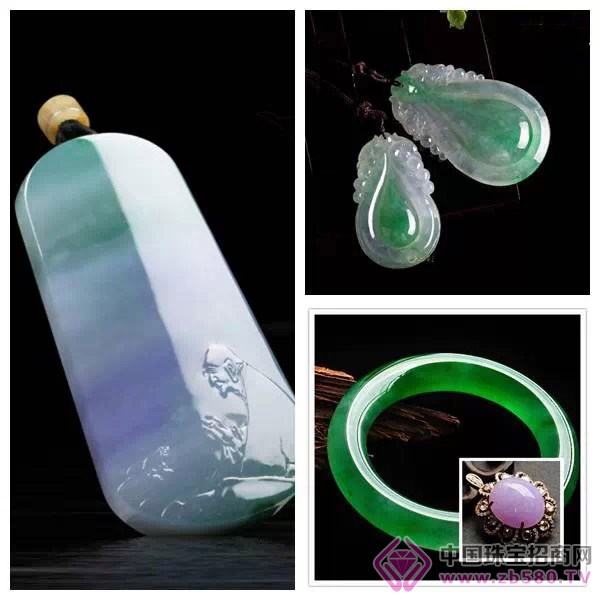
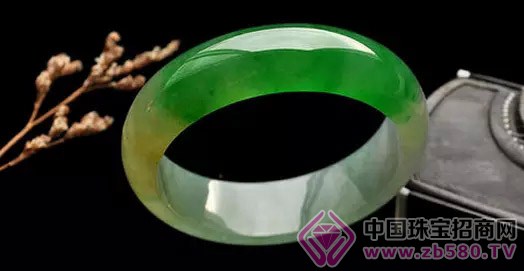
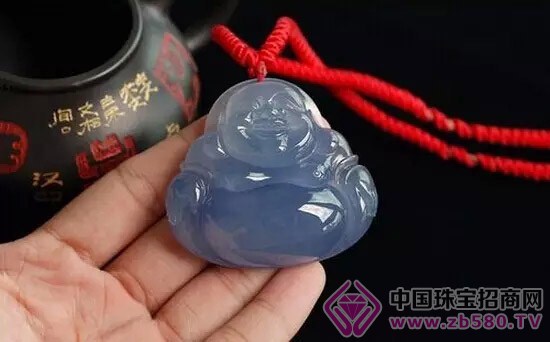
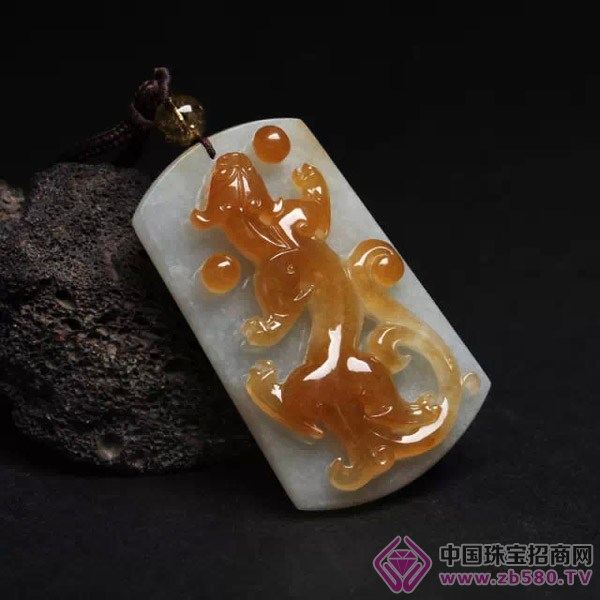
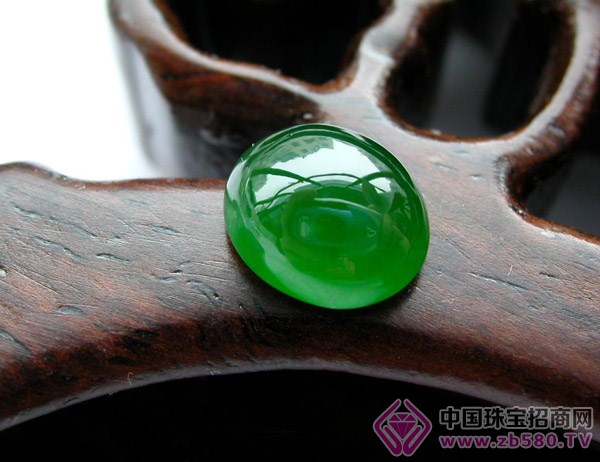


September 23, 2021